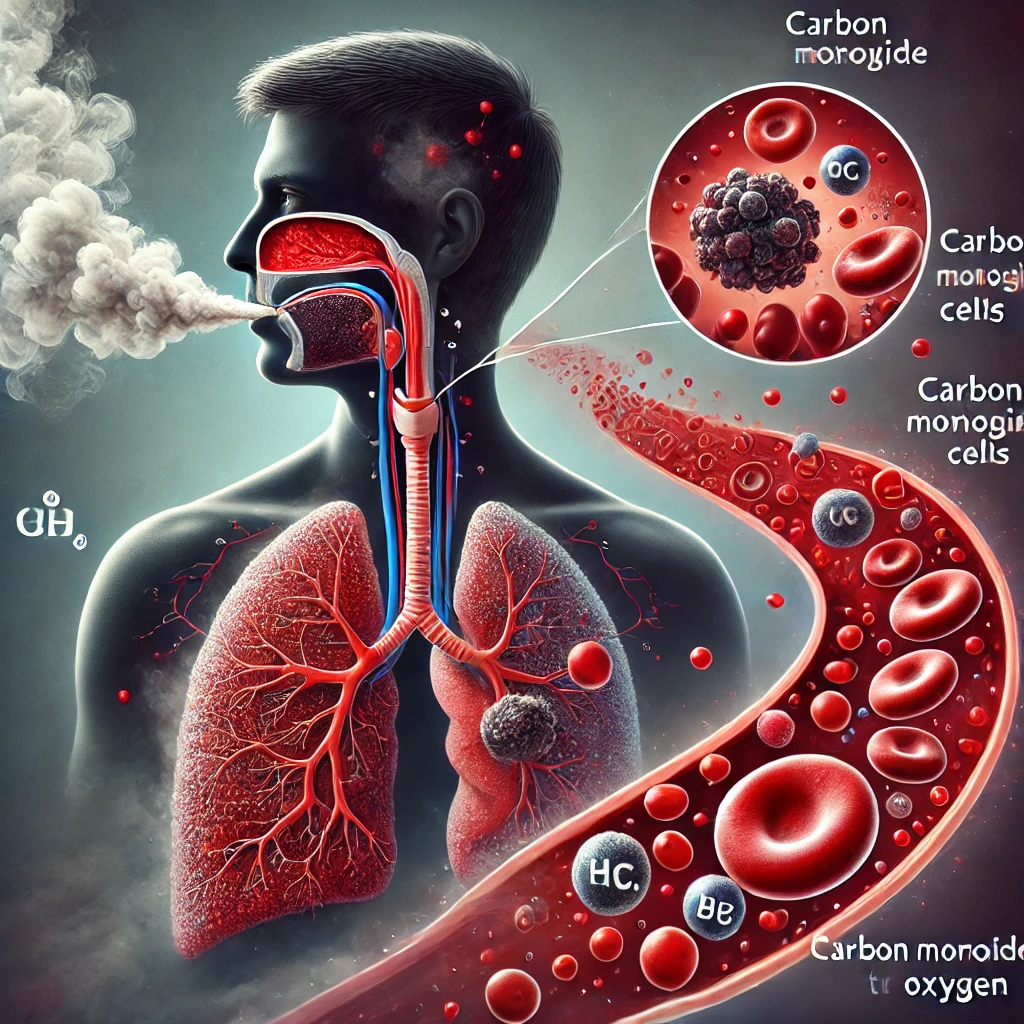Estrogen and Weight Management : Finding Balance
In the intricate dance of human physiology, few hormones play as pivotal a role in weight management as estrogen. This powerful hormone, often associated primarily with reproductive functions, has a far-reaching impact on metabolism, body composition, and overall health. For millions of people worldwide, understanding the complex relationship between estrogen and weight can be the key to achieving and maintaining a healthy body weight. In this comprehensive exploration, we’ll delve into the multifaceted ways estrogen influences weight, and how to navigate the challenges and opportunities presented by hormonal fluctuations throughout life.
The Estrogen Essentials: More Than Just a Sex Hormone
Estrogen, primarily produced in the ovaries in women and in smaller amounts in men’s testes, is a crucial player in the endocrine system. While it’s best known for its role in female reproductive health, estrogen’s influence extends far beyond, affecting nearly every tissue and organ in the body (Mauvais-Jarvis et al., 2013).
When it comes to weight management, estrogen:
- Regulates fat distribution
- Influences appetite and food intake
- Affects energy expenditure and metabolism
- Impacts insulin sensitivity
Understanding these mechanisms is essential for anyone looking to optimize their weight management strategies, especially as estrogen levels naturally fluctuate throughout life.
The Weighty Impact: How Estrogen Shapes Body Composition
One of estrogen’s most noticeable effects on weight is its role in fat distribution. Premenopausal women typically have higher levels of estrogen, which promotes fat storage in the hips, thighs, and buttocks – the classic “pear-shaped” figure. This subcutaneous fat, while sometimes frustrating for those aiming for a leaner look, is actually associated with better metabolic health compared to visceral fat stored around the organs (Karastergiou et al., 2012).
As estrogen levels decline, particularly during menopause, fat storage patterns shift. Postmenopausal women often notice increased abdominal fat accumulation, leading to a more “apple-shaped” body type. This shift isn’t just cosmetic; it’s associated with increased risks of metabolic syndrome, cardiovascular disease, and type 2 diabetes (Davis et al., 2012).
Appetite and Satiety: Estrogen’s Influence on Eating Behaviors
Estrogen plays a significant role in regulating appetite and food intake. Research has shown that estrogen can:
- Suppress appetite by interacting with hunger-regulating hormones like ghrelin and leptin
- Enhance the rewarding effects of eating, potentially leading to increased food intake
- Affect the brain’s response to food cues, influencing eating behaviors
These effects can be particularly noticeable during the menstrual cycle. Many women report increased appetite and food cravings in the days leading up to menstruation when estrogen levels are at their lowest (Hirschberg, 2012).
The Metabolic Connection: Estrogen and Energy Expenditure
Estrogen doesn’t just affect how we store fat; it also influences how we burn it. This hormone has been shown to:
- Increase fat oxidation (burning fat for energy)
- Enhance insulin sensitivity, improving glucose metabolism
- Boost the production of mitochondria, the cellular powerhouses responsible for energy production
As estrogen levels decline, these metabolic benefits can diminish, contributing to the increased difficulty many women face in maintaining their weight as they age (Mauvais-Jarvis et al., 2013).
Navigating the Estrogen Rollercoaster: Strategies for Different Life Stages
Understanding how estrogen affects weight is crucial, but knowing how to adapt to its fluctuations throughout life is equally important. Let’s explore strategies for managing weight during key hormonal transitions:
Puberty and Adolescence
As estrogen levels rise during puberty, girls may notice changes in body composition and fat distribution. Key strategies during this time include:
- Focusing on overall health rather than weight
- Encouraging regular physical activity
- Promoting a balanced, nutrient-rich diet
- Fostering a positive body image
Reproductive Years
During the reproductive years, estrogen levels fluctuate with the menstrual cycle. To manage weight effectively:
- Be aware of potential appetite changes throughout the cycle
- Adjust calorie intake and exercise intensity as needed
- Consider tracking symptoms to identify patterns
- Focus on consistent, sustainable habits rather than short-term fixes
Pregnancy and Postpartum
Pregnancy brings significant hormonal changes, including dramatic increases in estrogen. Postpartum, these levels drop rapidly. To manage weight during these transitions:
- Follow recommended weight gain guidelines during pregnancy
- Focus on nutrient-dense foods to support maternal and fetal health
- Gradually return to exercise postpartum, with healthcare provider approval
- Be patient and kind to your changing body
Perimenopause and Menopause
As estrogen levels decline during perimenopause and menopause, many women struggle with weight gain and changes in body composition. Strategies to consider include:
- Increasing physical activity, particularly strength training to maintain muscle mass
- Adjusting calorie intake to account for changing metabolic needs
- Focusing on nutrient-dense, whole foods
- Managing stress through mindfulness practices or other relaxation techniques
- Considering hormone therapy in consultation with a healthcare provider
Beyond Estrogen: A Holistic Approach to Weight Management

While understanding estrogen’s role in weight management is crucial, it’s important to remember that it’s just one piece of a complex puzzle. A holistic approach to weight management should also consider:
- Other Hormones: Testosterone, thyroid hormones, and cortisol all play significant roles in metabolism and weight regulation.
- Genetics: Our genetic makeup can influence how we respond to dietary interventions and exercise.
- Lifestyle Factors: Sleep quality, stress levels, and overall activity patterns all impact weight management.
- Environmental Influences: Factors like access to healthy food, social support, and cultural norms around food and body image can significantly affect weight management efforts.
- Medical Conditions: Certain health conditions, such as polycystic ovary syndrome (PCOS) or thyroid disorders, can impact both estrogen levels and weight management.
The Future of Estrogen and Weight Management Research
As our understanding of the complex interplay between hormones and weight continues to evolve, exciting new avenues for research and potential interventions are emerging. Some areas of ongoing investigation include:
- The development of selective estrogen receptor modulators (SERMs) that could potentially harness the metabolic benefits of estrogen without unwanted side effects
- Exploration of the gut microbiome’s role in estrogen metabolism and weight regulation
- Investigation of how environmental estrogens (xenoestrogens) may be contributing to weight management challenges
- Research into personalized nutrition and exercise strategies based on individual hormonal profiles
Conclusion : Embracing the Estrogen Connection
The relationship between estrogen and weight management is complex and multifaceted, but understanding this connection can empower individuals to make informed decisions about their health and well-being. By recognizing the impact of hormonal fluctuations throughout life and adopting strategies to work with these changes rather than against them, we can approach weight management with greater wisdom and compassion.
As we continue to unravel the mysteries of hormonal influences on weight, one thing remains clear: there is no one-size-fits-all approach to achieving and maintaining a healthy weight. By combining scientific insights with personalized strategies and a holistic view of health, we can navigate the ebbs and flows of estrogen with confidence, working towards balanced, sustainable weight management at every stage of life.











